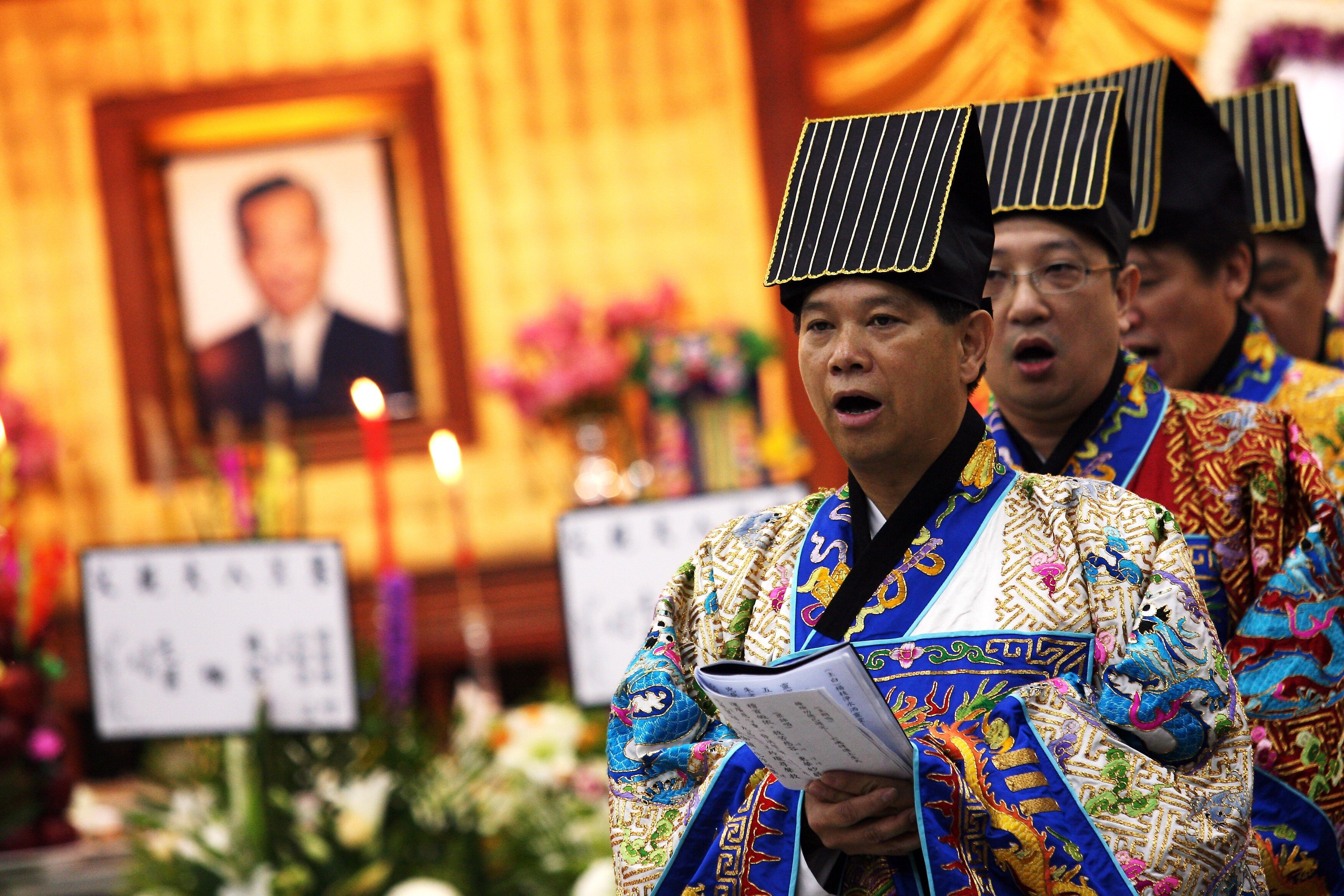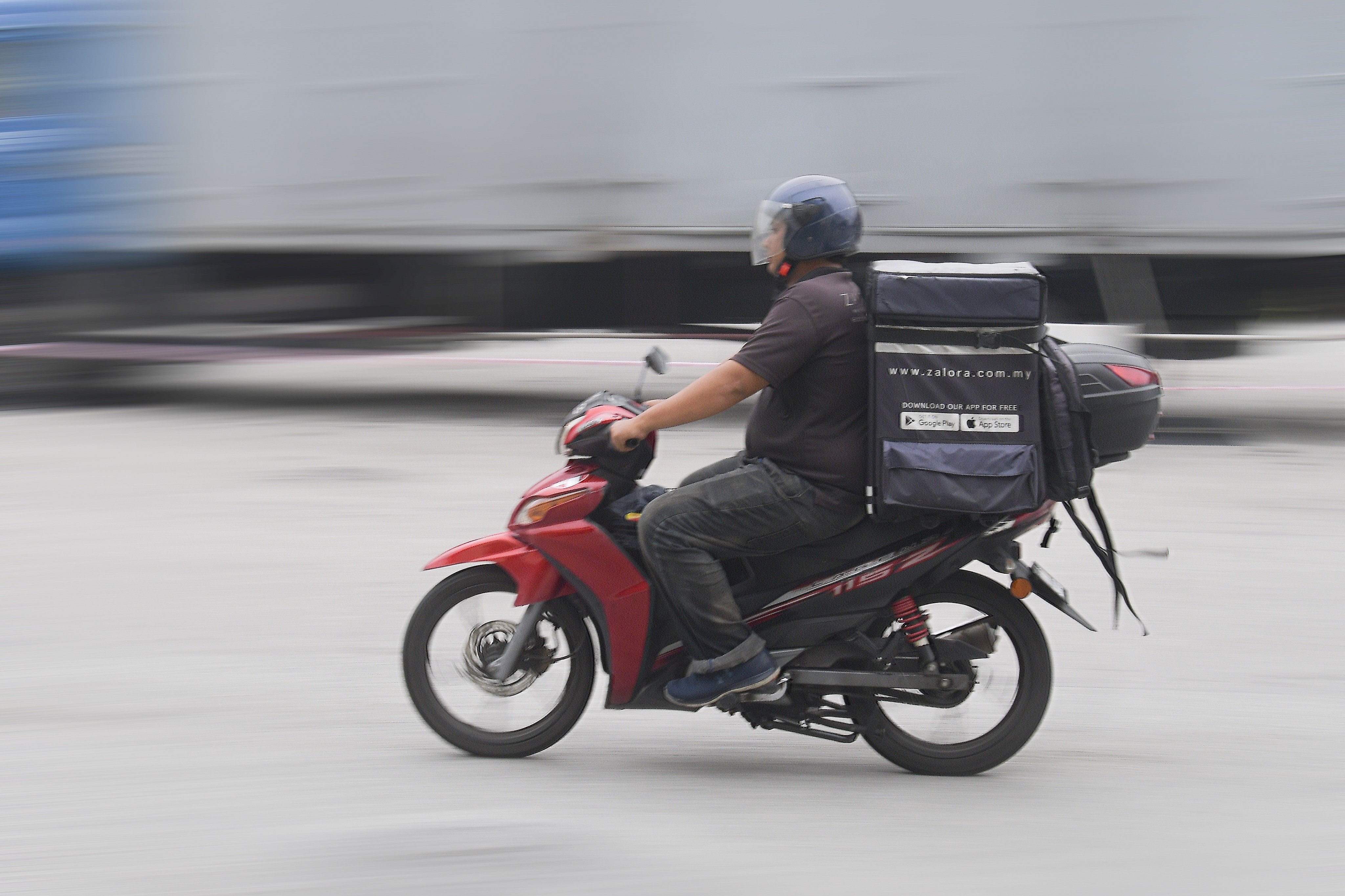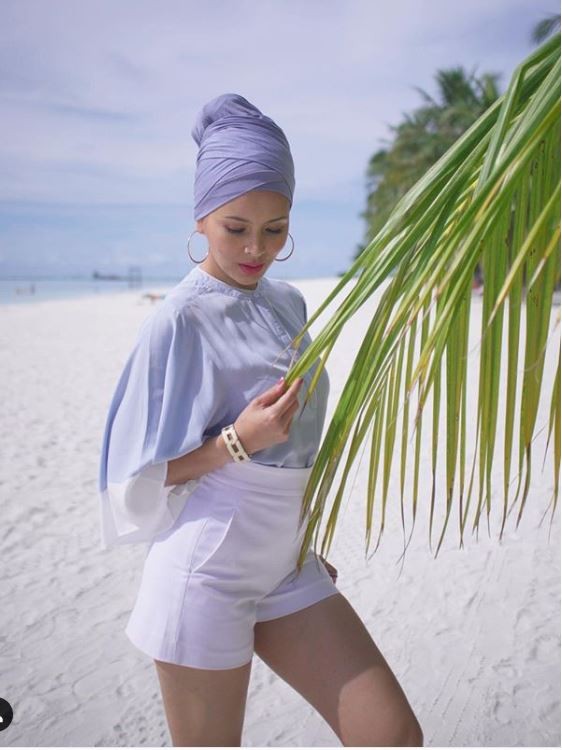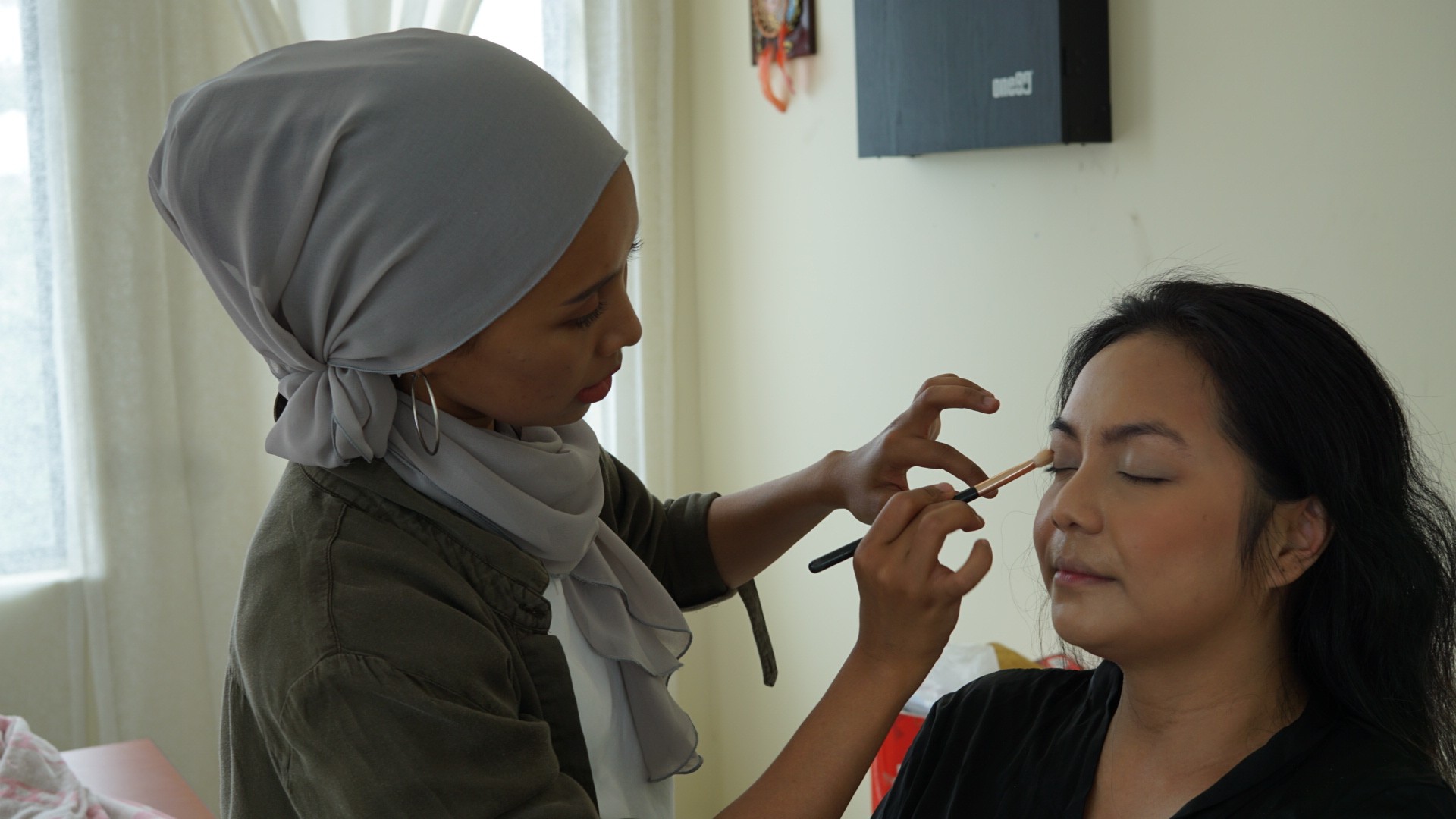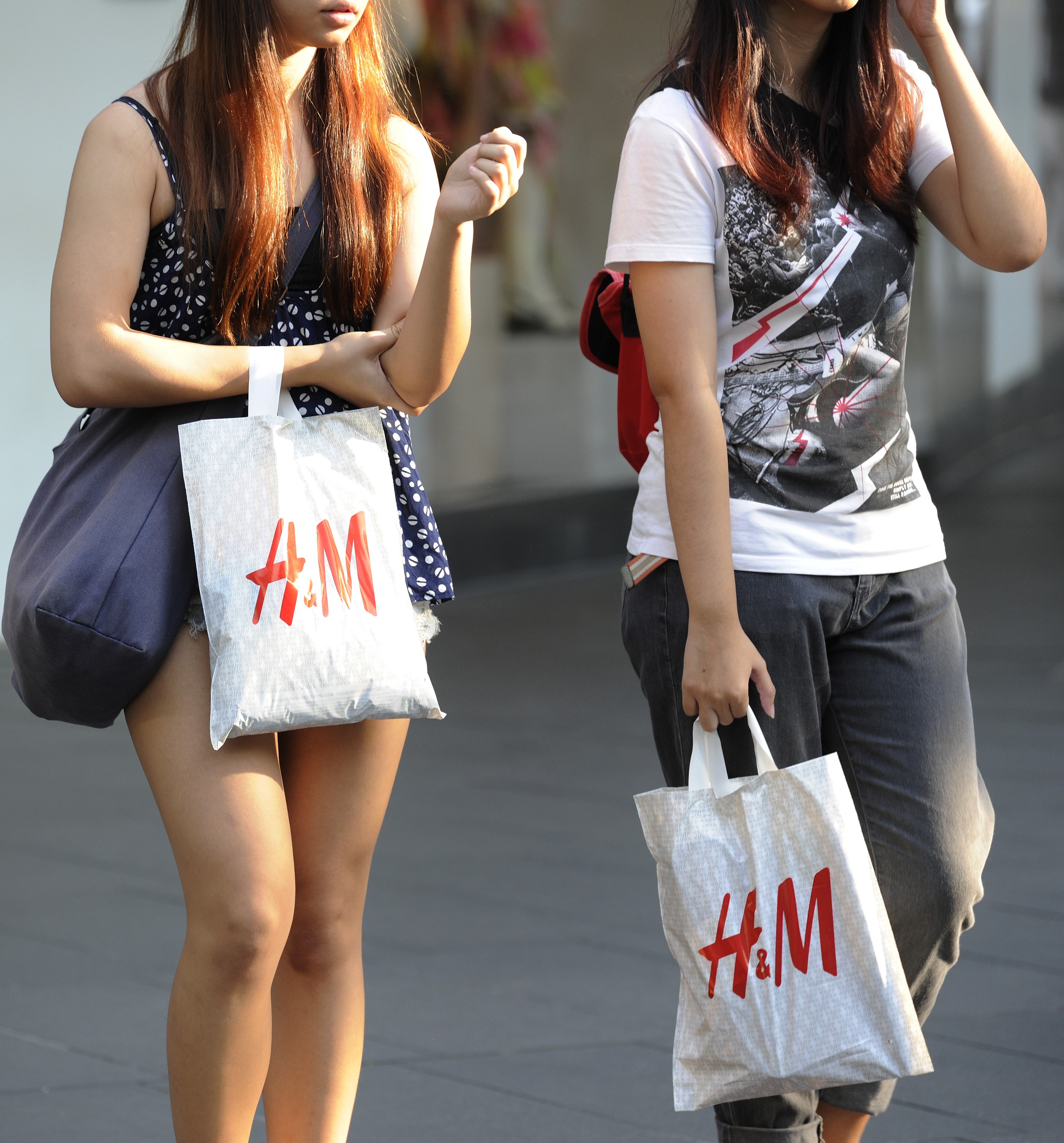Advertisement
Advertisement
Lee Lian Kong
Sports hijabs today use tech that makes them lightweight, sweat-wicking and so that they don’t untuck, part of a growing modest activewear market scoring points among Muslim women.
While the deceased are dressed in the finest traditional clothing, family members all have specific attire to wear at Taoist Chinese funerals, but the rituals are in danger of disappearing in Southeast Asia as practicality becomes a priority.
In Malaysia, delivery men on ‘no work, no pay’ contracts and whose base salary is often barely above the minimum wage can’t afford medical care for work injuries. To earn a living wage they need bonuses, which means putting in long hours.
They’re fashionable, comfortable and meet religious requirements when women properly pair them, but turbans still face much criticism in Muslim Malaysia, especially when a local Muslim celebrity is spotted wearing one.
Advertisement

